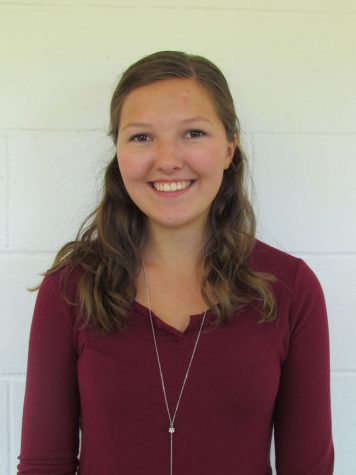Hair donations provide hope
Dec 20, 2016
Students can change someone’s life just by changing their appearance. Each year the school has a couple of people donate hair.
Junior Brandi Bremiller donated 14 inches of hair in Nov. She was looking for a change and thought she could help someone in that process.
“I’ve always been about doing all I can to help people in need,” said Bremiller. “Why would I just throw my hair away when it could go towards a good cause?”
The hair donated to nonprofit organizations, such as Locks of Love, goes toward wigs for disadvantaged children under the age of 21 suffering from any long term medical hair loss.
“The hair could help them get their confidence back and live their lives as freely as they wish,” said Bremiller. “It would be one less obstacle they have to face.”
Economics teacher Mrs. Elizabeth Hoffbauer donated her hair twice. She donated 12 inches in 2010 and 13 inches in 2013 in honor of her mother who was battling cancer at the time.
“Hair often times is a show of strength for women, and I couldn’t imagine not doing anything when I could to help women of all ages feel pretty,” said Hoffbauer.
At the Icebreaker assembly staff and students can donate hair.
“While wearing a hairpiece is certainly not a cure for these children, it can help restore some of the normalcy to their everyday lives that most of us take for granted,” said www.locksof love.org. “It is our goal to help provide a foundation on which they can begin to rebuild their self-esteem.”
Children suffering from diseases such as cancer can often lose sight of hope. They become fatigued and start to pull away from normal everyday activities.
The wig helps to get them involved in those activities again and gives them a piece of their former life back. The Locks of Love foundation has done research that showed actual health benefits of children receiving wigs.
Locks of Love encourages abled kids to donate hair with 80 percent of their donations coming from people under the age of 21. Organizations like this rely on the community to continue helping others.
“We as people don’t realize what we have and how blessed we are,” said Bremiller. “Some people don’t have the same blessings as others.”
Students are encouraged to give back to their community while teachers help provide an example. People like Bremiller help set an example for their peers.




